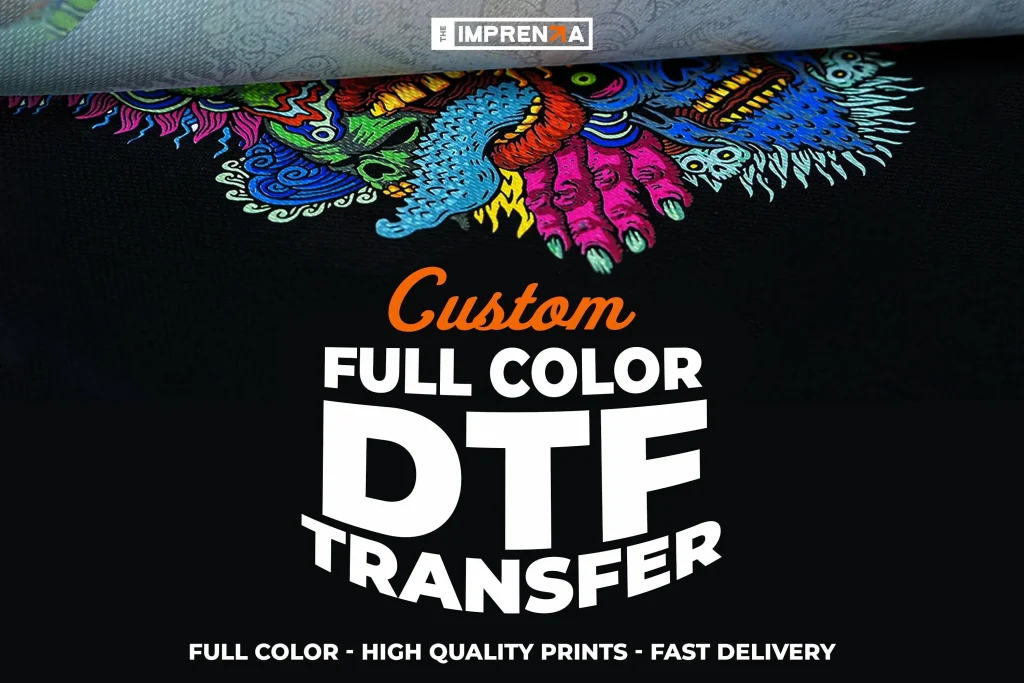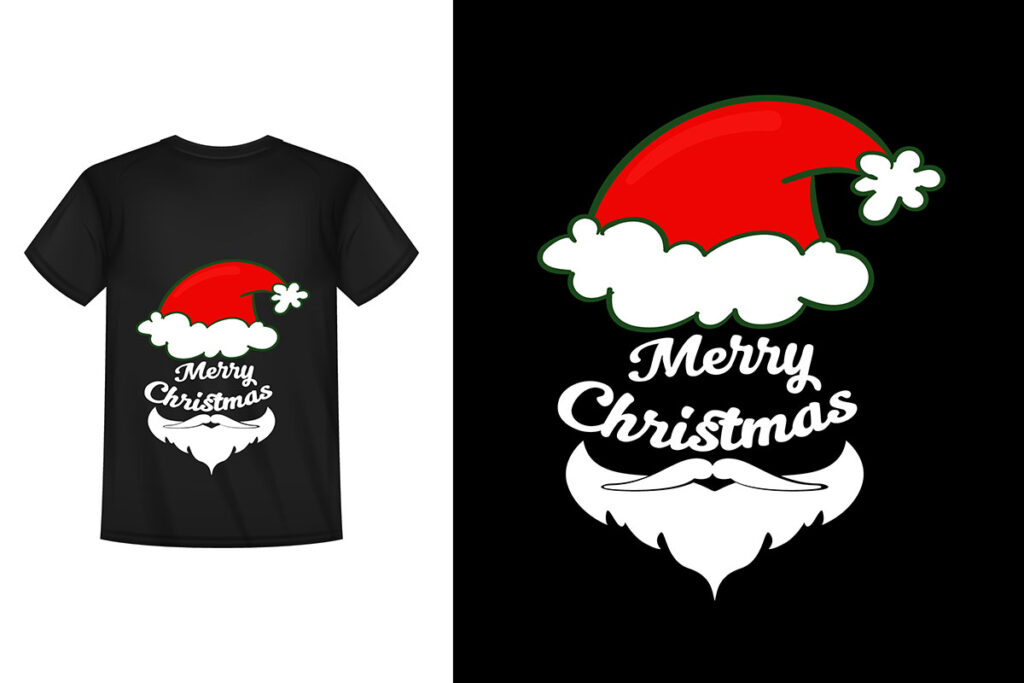DTF transfers, or Direct-to-Film printing, have revolutionized custom apparel printing, providing enthusiasts and beginners alike with a seamless way to create vibrant designs on fabric. As a versatile and accessible method, DTF printing enables users to apply intricate designs onto various materials without the hefty investment typically associated with traditional printing methods. This innovative heat transfer technique stands out for its ability to produce high-quality imagery while remaining cost-effective, making it a go-to choice for those entering the world of fabric printing. In this guide, we’ll equip you with essential insights into DTF transfers, spanning everything from required equipment to the step-by-step process of applying your favorite designs. Get ready to explore the exciting possibilities of DTF printing and elevate your custom apparel creations to new heights!
Also known as Direct-to-Film techniques, DTF transfers represent a cutting-edge approach in the realm of custom garment production. By utilizing specialized film and heat transfer methods, users can effortlessly imprint detailed graphics onto diverse fabric types. This alternative printing solution caters to both novice artists and experienced professionals looking to enhance their craft and produce stunning apparel designs. Whether you’re interested in starting a small business or simply wish to add a personal touch to your clothing, understanding the fundamentals of DTF printing lays the groundwork for countless creative possibilities. Join us as we delve deeper into this exciting medium and unlock the potential of your creative endeavors!
Getting Started with DTF Printing Equipment
To successfully embark on your DTF printing journey, investing in the right equipment is paramount. The core of your setup will be a modified inkjet printer, ideally from a reputable brand like Epson, which is known for its compatibility with DTF inks. This printer will serve as the backbone of your operation, allowing you to produce high-quality prints that boast vibrant colors and intricate details. Alongside the printer, you’ll also need DTF film, a specialized medium designed to carry your designs from the printer to the fabric seamlessly.
Additionally, having DTF inks that are optimized for your specific printer ensures that you can achieve the best results. A reliable heat press is also essential, as it applies the necessary heat and pressure to transfer your designs onto the fabric. To round out your equipment, don’t forget to stock up on hot-melt adhesive powder, which plays an essential role in creating a strong bond during the transfer process. A well-thought-out setup will significantly enhance your DTF printing experience.
Key Techniques for Successful DTF Transfers
Mastering the techniques involved in DTF printing is critical for beginners who want to ensure high-quality results. The first step involves creating your design with precision using graphic design software. It’s important to pay attention to aspects such as color contrast and resolution; clear designs will translate effectively onto the DTF film. After preparing your design, the actual printing process must be executed with care. Ensuring your printer’s settings match the DTF requirements can prevent issues like color discrepancies or smudging.
Once printed, applying the adhesive powder correctly is another crucial technique. Gently sprinkling the hot-melt adhesive over the wet ink creates a necessary bond for the transfer process. Finally, controlling your heat press settings—temperature, time, and pressure—will determine how well the design adheres to the fabric. Learning to fine-tune these settings based on the fabric type you’re working with will greatly improve your success rate in creating desirable custom apparel.
Why DTF Transfers are the Future of Custom Apparel
DTF transfers represent a significant advancement in the world of custom apparel printing. Their versatility allows for application on a wide range of materials, including cotton, polyester, and blends, which broadens the possibilities for creative projects. Unlike traditional heat transfer methods that may limit you to specific fabrics, DTF provides a much more inclusive approach, making it an ideal choice for both small businesses and hobbyists alike. This flexibility is particularly appealing for those looking to produce a variety of customization options.
Moreover, the affordability and accessibility of DTF printing equipment make it a popular choice for beginners. With lower initial costs compared to other techniques, aspiring printers can experiment with producing custom designs without a hefty investment. The ease of execution, combined with the high-quality results achievable with DTF methods, signals a shift in how custom apparel printing will be approached moving forward. As technology evolves, DTF techniques are likely to become the go-to for anyone looking to enter the realm of fabric design.
Tips and Tricks to Enhance Your DTF Printing Skills
To improve your success with DTF printing, it’s crucial to adopt certain tips and tricks that can aid in efficiency and quality. First and foremost, perform test prints before committing to large batches or unique designs. Testing allows you to refine your settings, gauge which fabrics work best with your prints, and adjust design elements to get optimal results. This step can save you time and materials in the long run, ensuring you’re only moving forward with what produces excellent outcomes.
Moreover, joining online communities dedicated to DTF printing can provide support and valuable insights. These platforms, often filled with seasoned printers, are a treasure trove for novices seeking advice or troubleshooting techniques. Engaging with others allows you to learn from their experiences and discover new tips that can enhance your capability. Embracing collaboration and shared knowledge will significantly boost your confidence and skill level as you navigate the DTF printing landscape.
Emerging Trends in DTF Printing Community
As the world of DTF printing continues to expand, new trends and innovations are making waves in the printing community. One of the most notable shifts is the rise in collaborative platforms where printers share their work, techniques, and experiences. These environments foster a sense of community and help beginners learn from those who have already mastered the craft. Whether through social media, forums, or blogs, the wealth of information available today can greatly accelerate your learning curve.
Additionally, advancements in DTF technology, such as improved film quality and more vibrant inks, are contributing to the overall growth of the printing market. Manufacturers are continually innovating to enhance durability and versatility in the transfer process. Keeping abreast of these developments will not only improve your skills but also ensure that you are utilizing the best tools available for your printing projects. Embracing these trends will not only elevate your craft but may also provide opportunities for business growth.
A Comprehensive Overview of DTF Printing Techniques
Direct-to-Film printing has revolutionized the way custom designs are applied to fabrics. The process begins with preparing a high-resolution design, which is then printed on DTF film using specialized inks. This initial step is crucial as it sets the tone for the overall quality of the final product. After printing, applying the hot-melt adhesive powder is an essential technique that ensures the transfer adheres effectively during the heat application phase.
Once your design is printed and treated with adhesive, the heat press becomes your best friend. It’s important to pay attention to the temperature and pressure settings advised for your specific fabrics. This careful application of heat will enable the transfer to bond thoroughly, yielding vibrant, durable prints on your garments. Mastering this technique allows for a wide variety of creations, making DTF printing a joy for both personal projects and business endeavors.
Frequently Asked Questions
What are DTF transfers and how do they work?
DTF transfers, or Direct-to-Film printing transfers, involve printing designs onto a special film which can then be transferred onto fabric using heat. This technique provides excellent color vibrancy and detail without the need for expensive equipment like sublimation printers.
What equipment do I need to get started with DTF printing?
To start DTF printing, you need a modified inkjet printer (preferably Epson), DTF film, DTF inks, a heat press, and hot-melt adhesive powder. This setup will allow you to create and transfer your designs effectively onto garments.
Is DTF printing suitable for all types of fabric?
Yes, one of the advantages of DTF printing is its versatility; it can be used on a wide range of fabrics, including cotton, polyester, and blends. This makes it an excellent choice for custom apparel printing.
What are the advantages of using DTF transfers for custom apparel printing?
DTF transfers are advantageous due to their cost-effectiveness, the ability to print on various fabrics without specific fabric restrictions, and straightforward application methods, making them perfect for beginners and small businesses.
How can I achieve the best results with DTF printing?
To achieve the best results with DTF printing, ensure you perform test prints, pay attention to temperature and time settings during heat transfer, and choose high-quality materials. Additionally, engaging with online communities can provide further insights and tips.
Are there any recent trends or innovations in DTF printing?
Yes, the DTF printing landscape is constantly evolving, with innovations such as new types of DTF films and inks improving transfer quality and durability. Staying updated with industry trends can help enhance your DTF printing experience.
| Key Point | Details |
|---|---|
| Introduction | DTF Transfers are an accessible technique for custom apparel, suitable for both beginners and experienced crafters. |
| What are DTF Transfers? | DTF Transfers involve printing designs on a special film that can be heat-transferred to garments, providing vibrant colors without needing sublimation printers. |
| Advantages | DTF is affordable and works on a variety of fabrics, making it a favorable choice for hobbyists and businesses alike. |
| Essential Equipment | Key items include a modified inkjet printer, DTF film, DTF inks, a heat press, and powder adhesive. |
| Step-by-Step Process | Steps include design preparation, printing, applying adhesive powder, and heat transfer to the fabric. |
| Tips for Success | Perform test prints, monitor temperature and time settings, and choose appropriate materials for best outcomes. |
| Emerging Trends | The DTF printing community is growing, with increased resources and innovations improving quality and durability. |
Summary
DTF Transfers provide an engaging way for individuals to explore the world of custom apparel printing. Through this innovative technique, beginners and seasoned creators alike can develop their skills and produce high-quality designs with ease. By leveraging the right tools and following a systematic approach, anyone can tap into the potential of DTF transfers. The community surrounding this craft is vibrant and supportive, offering endless resources for learners. As DTF continues to grow in popularity, staying informed about the latest techniques and trends will further enhance the printing experience and the opportunities for creative expression.



